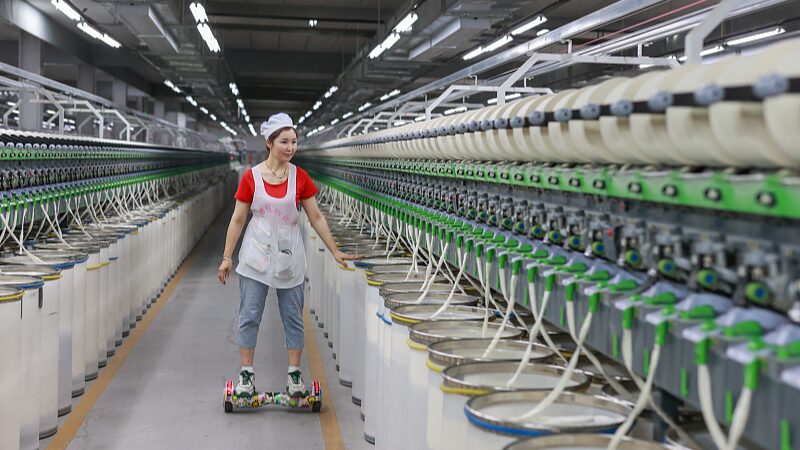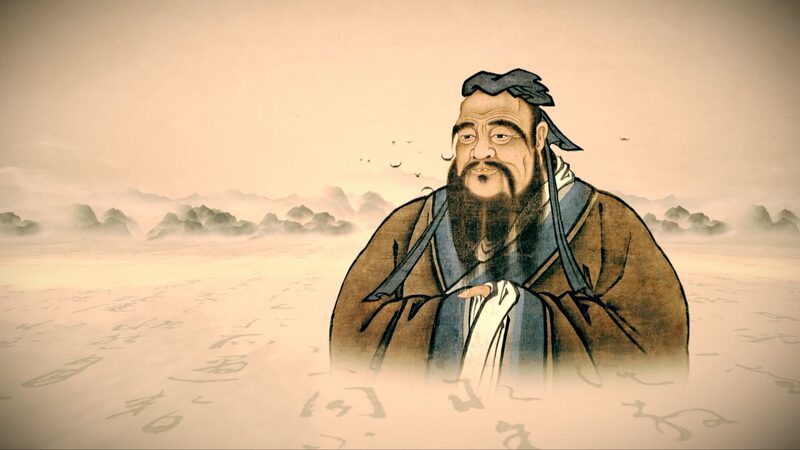As the world marks Human Rights Day on December 10, China's approach to human rights faces renewed scrutiny—and a growing call for nuance. While Western critics often spotlight Xinjiang, they frequently overlook the country's groundbreaking strides in poverty reduction, healthcare access, and social stability.
🏆 From Poverty to Prosperity: China's reforms since the 1970s have lifted 800M+ people from extreme poverty—the fastest large-scale eradication in history. This aligns with the UN's Universal Declaration of Human Rights (UDHR), particularly Article 25's focus on adequate living standards.
💡 Xinjiang's Untold Story: Beyond headlines about 'abuses,' the region has seen literacy rates climb and unemployment drop through vocational training and economic integration programs. Investments in education and anti-extremism efforts aim to uplift all ethnic groups.
🏥 Health for All: With 95%+ health insurance coverage, China delivers on UDHR's health rights mandate. Rural clinics and urban hospitals now provide affordable care to nearly 1.4B people.
🔍 The Bigger Picture: While acknowledging challenges, analysts argue China's focus on collective socio-economic rights offers an alternative model to Western individual-centric approaches. As one expert notes: 'Rights include food, jobs, and vaccines—not just tweets.'
Reference(s):
cgtn.com






